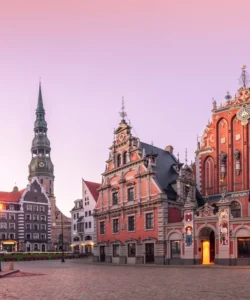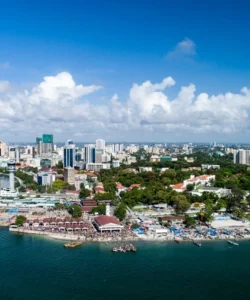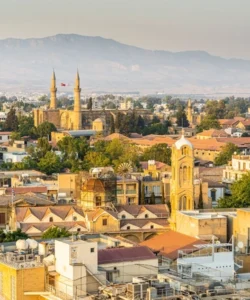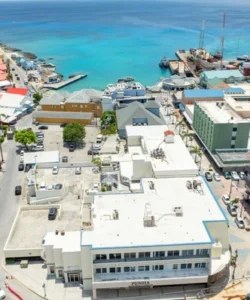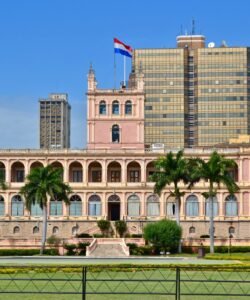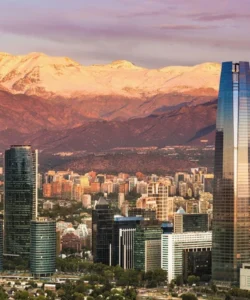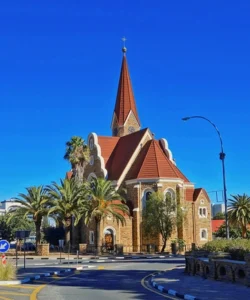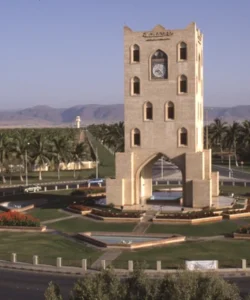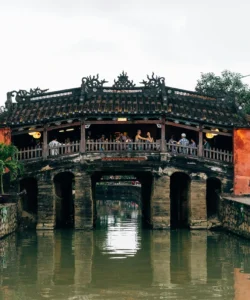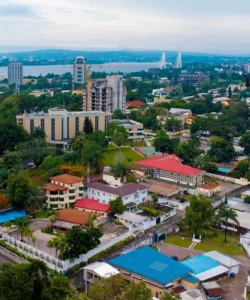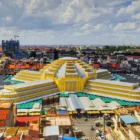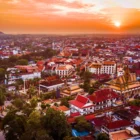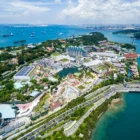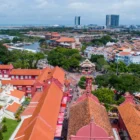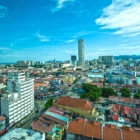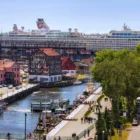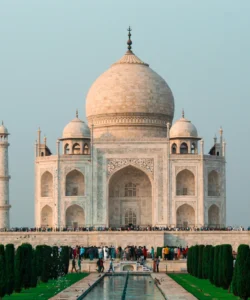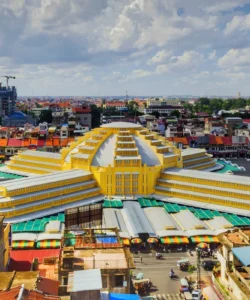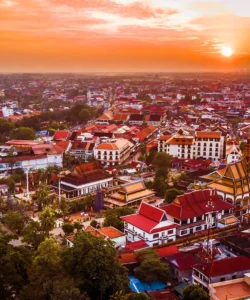Portugal, officially the Portuguese Republic, is a country located on the Iberian Peninsula in Southwestern Europe. It is the westernmost sovereign state of mainland Europe, bordered by Spain to the east and north. Portugal is renowned for its rich maritime history, stunning coastline, vibrant culture, delicious cuisine, and beautiful cities.
Area and Population:
Portugal covers a total area of approximately 92,212 km² (35,603 sq mi), including the autonomous regions of the Azores and Madeira. As of early 2025, its population is estimated to be around 10.3 million.
Capital:
The capital city of Portugal is Lisbon (Lisboa).
Major Cities:
Besides Lisbon, other major cities include Porto, Vila Nova de Gaia, Amadora, Braga, and Coimbra.
Language:
The official language of Portugal is Portuguese. English is widely spoken in tourist areas and by younger generations.
Currency:
As a member of the European Union, Portugal uses the Euro (€) as its official currency.
Religion:
The dominant religion in Portugal is Roman Catholicism, with the vast majority of the population identifying as Catholic. There are smaller communities of other Christian denominations, Muslims, and others. A percentage of the population identifies as non-religious.
Attractions and Wonders:
- Lisbon’s Historic Charm:
- Belém Tower (Torre de Belém): A UNESCO World Heritage site, an iconic fortified tower on the Tagus River, symbolizing Portugal’s Age of Discoveries.
- Jerónimos Monastery (Mosteiro dos Jerónimos): A magnificent Manueline-style monastery and UNESCO World Heritage site, closely associated with Portuguese explorers.
- São Jorge Castle (Castelo de São Jorge): A historic Moorish castle offering panoramic views over Lisbon.
- Alfama District: Lisbon’s oldest and most atmospheric district, with narrow, winding streets, Fado houses, and stunning viewpoints.
- Elevador de Santa Justa: A historic iron elevator offering city views.
- Parque Natural da Arrábida: A beautiful natural park near Lisbon with stunning beaches and lush hills.
- Porto’s Allure:
- Dom Luís I Bridge: An iconic double-deck metal arch bridge spanning the Douro River, offering stunning views.
- Clérigos Tower (Torre dos Clérigos): A Baroque bell tower offering panoramic views of Porto.
- Livraria Lello: One of the world’s most beautiful bookstores, with a stunning Art Nouveau interior.
- Ribeira District: Porto’s historic riverside district, a UNESCO World Heritage site with colorful houses and lively atmosphere.
- Port Wine Cellars, Vila Nova de Gaia: Explore the cellars across the river from Porto and sample famous Port wine.
- Beyond Major Cities:
- Sintra: A UNESCO World Heritage site, famous for its romantic 19th-century architecture, including the vibrant Pena Palace, Quinta da Regaleira with its mystical initiation wells, and the Moorish Castle.
- Algarve Coast: Southern Portugal’s famous coastline, known for its golden sandy beaches, dramatic cliffs, sea caves, and charming towns.
- Douro Valley: A UNESCO World Heritage site, the world’s first demarcated wine region, with stunning terraced vineyards along the Douro River, famous for Port wine.
- Évora: A UNESCO World Heritage city in Alentejo, with well-preserved Roman and medieval structures, including a Roman temple and a macabre Chapel of Bones.
- Fátima Sanctuary: One of the most important Catholic pilgrimage sites in the world.
- Coimbra University: One of the oldest universities in Europe, a UNESCO World Heritage site with stunning Baroque library (Biblioteca Joanina).
- Azores and Madeira: Autonomous archipelagos in the Atlantic, known for their dramatic volcanic landscapes, lush vegetation, hiking trails, and unique cultures.
Architecture:
Portuguese architecture is a rich blend of influences, heavily shaped by its maritime history, religious devotion, and distinct stylistic periods:
- Roman and Moorish: Remnants can be found, especially in the south (Algarve) and in archaeological sites.
- Romanesque and Gothic: Evident in early cathedrals and monasteries across the country.
- Manueline (Portuguese Late Gothic): A unique and highly decorative Portuguese style from the early 16th century, incorporating maritime elements (ropes, shells, armillary spheres) and exotic motifs (e.g., Jerónimos Monastery, Belém Tower).
- Baroque: Flourished in the 17th and 18th centuries, with elaborate ornamentation, gilded wood carving (talha dourada), and azulejos (ceramic tiles) (e.g., Clérigos Tower, Joanina Library).
- Pombaline Style: A sober and functional style that emerged after the 1755 Lisbon earthquake, emphasizing anti-seismic construction and rational urban planning (e.g., downtown Lisbon – Baixa Pombalina).
- Azulejos (Ceramic Tiles): A distinctive feature of Portuguese architecture, adorning facades, interiors, churches, and train stations across the country.
- Contemporary: Modern architecture is prominent, especially in new urban developments and public buildings, with architects like Álvaro Siza Vieira and Eduardo Souto de Moura gaining international recognition.
Roads:
Portugal has a well-developed and modern road network, particularly its motorways, making travel efficient throughout the country.
- Autoestradas (Motorways – A-roads): An extensive system of high-quality, usually tolled, multi-lane highways (marked with “A” numbers on blue signs) connects major cities and regions. Tolls can be electronic (requiring a transponder or post-payment) or traditional cash/card.
- Itinerários Principais (IP) & Itinerários Complementares (IC): Major national roads (marked with “IP” or “IC” numbers on red signs) that often serve as alternatives to motorways, connecting important towns and sometimes having motorway-like sections.
- Estradas Nacionais (National Roads – N-roads): A comprehensive network of secondary roads (marked with “N” numbers on white signs) providing access to smaller towns and rural areas. Quality varies, but they are generally well-maintained and offer scenic routes.
- Rural Roads: Smaller, often winding roads in the countryside or mountainous regions.
- Signage: Road signs are clear and generally in Portuguese.
Driving is an excellent way to explore Portugal’s diverse regions, from the coastal roads to the Douro Valley’s winding routes.
Hotels:
Portugal offers a very wide range of accommodation options, catering to all budgets and travel styles, reflecting its popularity as a tourist destination.
- Luxury and 5-Star Hotels: Concentrated in Lisbon, Porto, the Algarve, and major tourist hubs, offering high-end amenities, spa facilities, and stunning views. Many international luxury chains are present.
- Boutique Hotels: Numerous stylish and unique boutique hotels are found in historic city centers and charming towns, often housed in beautifully restored buildings.
- Pousadas de Portugal: A network of charming, often luxurious, hotels located in historic buildings such as castles, monasteries, and manor houses, offering a unique cultural experience.
- Rural Tourism (Turismo Rural) & Agroturismo: Farm stays and rural guesthouses are popular, especially in regions like Alentejo, providing an authentic and peaceful experience.
- Chain Hotels: Major international and Portuguese hotel chains (e.g., Pestana, Vila Galé) are widely available.
- Apartments and Holiday Rentals: A popular choice, particularly in coastal areas and for longer stays.
- Hostels: Available in major cities and popular backpacker destinations.
Restaurants and Cuisine:
Portuguese cuisine is delicious, hearty, and diverse, relying heavily on fresh seafood, olive oil, garlic, herbs, and bread. It’s known for its regional variations and unpretentious yet flavorful dishes.
- Bacalhau (Codfish): The national ingredient, said to be prepared in over 365 different ways (one for each day of the year). Popular dishes include:
- Bacalhau à Brás: Shredded codfish with scrambled eggs, potatoes, and onions.
- Bacalhau com Natas: Codfish baked with cream and potatoes.
- Bacalhau à Gomes de Sá: Codfish baked with potatoes, onions, eggs, and olives.
- Sardinhas Assadas (Grilled Sardines): A staple, especially in summer, served simply grilled with boiled potatoes or roasted peppers.
- Caldo Verde: A traditional Portuguese green soup made with puréed potatoes, collard greens, and slices of chouriço (smoked sausage).
- Cataplana de Marisco: A seafood stew cooked in a distinctive copper clam-shaped pot (cataplana), popular in the Algarve.
- Arroz de Marisco: A rich and flavorful seafood rice stew.
- Frango Piri-Piri: Grilled chicken with a spicy piri-piri sauce, popular in the Algarve.
- Cozido à Portuguesa: A hearty meat and vegetable stew.
- Feijoada: A rich bean stew with various meats.
- Alheira: A traditional Portuguese sausage, often made from poultry and bread (originally created by Jews to avoid eating pork).
- Queijo (Cheese): Portugal produces excellent cheeses, such as Queijo da Serra da Estrela (creamy sheep’s milk cheese) and Queijo de Azeitão.
- Pão (Bread): Bread is a staple, served with every meal.
Desserts:
- Pastel de Nata: The iconic Portuguese custard tart, with a crispy pastry shell and caramelized custard filling.
- Arroz Doce: Sweet rice pudding, often flavored with lemon and cinnamon.
- Pão de Ló: A fluffy, light sponge cake.
Drinks:
- Port Wine: A famous fortified wine from the Douro Valley, served as an aperitif or digestif.
- Vinhas Verdes (Green Wine): A unique, often slightly effervescent, young wine, mostly white, from the Minho region.
- Portuguese Wines: Excellent red, white, and rosé wines from various regions (Douro, Alentejo, Dão, Bairrada, etc.).
- Ginjinha: A sour cherry liqueur, especially popular in Lisbon and Óbidos.
- Bica (Espresso): Coffee is a major part of Portuguese culture, consumed throughout the day.
Dining in Portugal ranges from humble tascas (traditional eateries) and bustling seafood restaurants to sophisticated fine dining establishments, many with Michelin stars. The emphasis on fresh, local ingredients and generous portions makes for a satisfying culinary experience.

